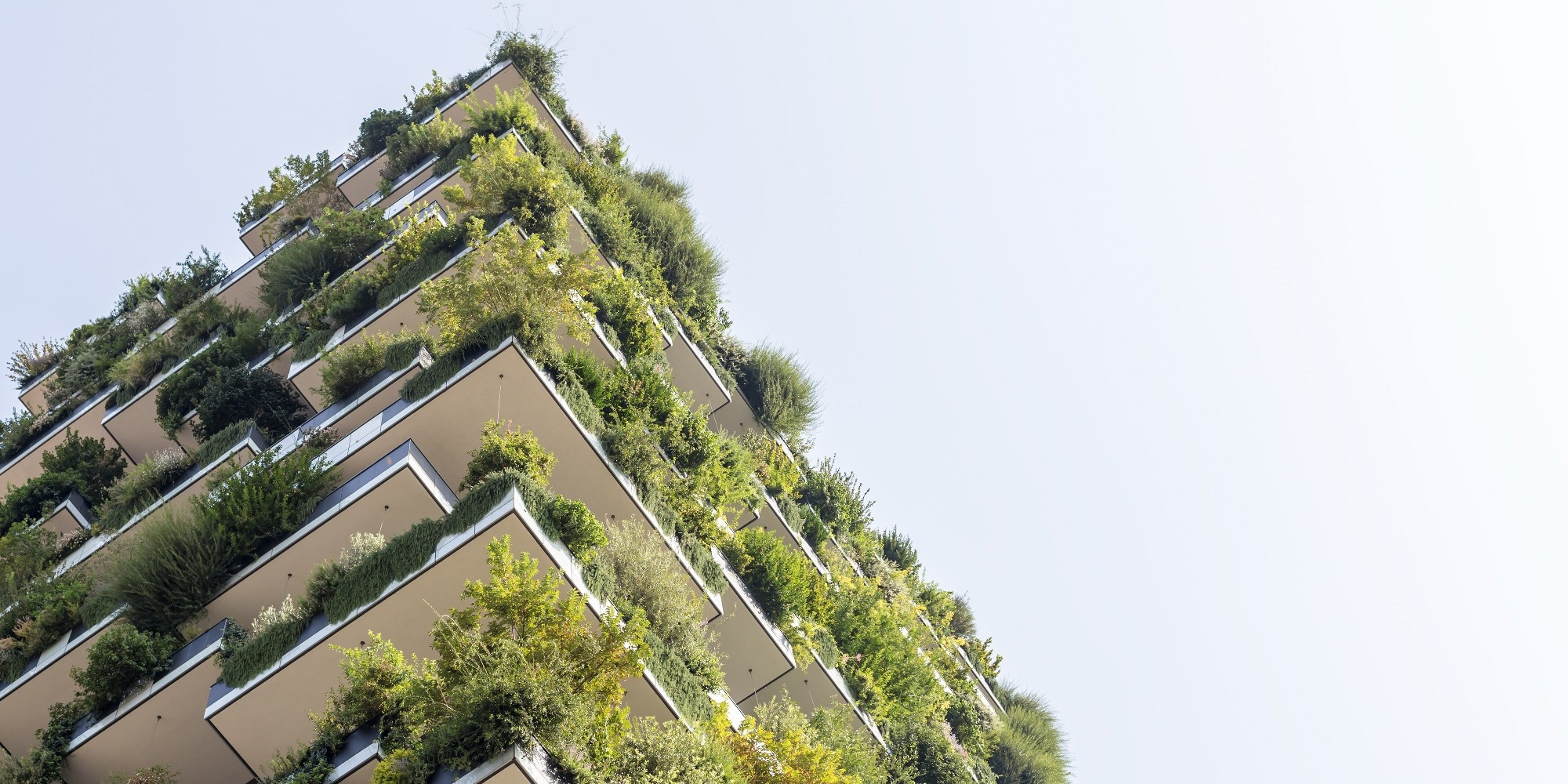They emphasized the critical need for built environment (BE) design to consider the microbiome and for research on host-microbiome interactions to incorporate the BE.
The paper also highlighted the necessity for interdisciplinary efforts to develop design protocols promoting multispecies health and equity in BEs, particularly as contemporary structures impact microbial diversity and human health.
 Study: The potential importance of the built-environment microbiome and its impact on human health. Image Credit: tostphoto / Shutterstock
Study: The potential importance of the built-environment microbiome and its impact on human health. Image Credit: tostphoto / Shutterstock
Background
Humans, having evolved in microbial-rich environments, form nested ecosystems interacting with diverse microbial communities.
Millennia of habitat shifts from nature to BE, which isolates us from natural microbial diversity, impacting health by reducing exposure to diverse microbes and fostering disease conditions. The BE serves as a reservoir for beneficial and harmful microbes, influencing human behavior and exacerbating chronic diseases.
Recognizing the intricate relationship between humans and their BEs requires understanding the human metaorganism. The authors suggest parallels between the BE and the immune system, which function as gatekeepers between internal and external environments, arguing that this approach can promote health equity globally.
Benefits of porous BE
BE systems are complex, influenced by filters and barriers from buildings to landscapes, and accommodate diverse human conditions. However, modern architectural design aims to reduce natural elements, decreasing environmental microbes entering buildings.
With the majority of modern life taking place indoors, buildings integrate external environments, regulating conditions and fostering exchanges among residents.
However, this integration isolates shared spaces. As buildings seal, humans become primary microbial sources, prompting questions about microbiomes. While historical responses emphasized openness, contemporary designs prioritize energy efficiency, resulting in sealed structures limiting diversity.
However, within the human metaorganism, boundaries like gut and skin interfaces are porous, enabling exchange. Similarly, porosity in the BE can boost health by exposing to external microbes with few pathogens while reducing microbes adapted to humans, though environmental pollutants may potentially be a concern.
Immune systems and BE
Insights from the immunological literature suggest reconsidering the BE as more than a passive entity but rather as an extension of the immune system, managing microbial interactions akin to the body's defense mechanisms.
The BE, like the immune system, discerns between beneficial and harmful exposures, raising questions about health maintenance beyond microbial diversity alone.
Understanding whether the BE fosters unhealthy conditions due to exposure to harmful components or from the absence of exposure to healthier, non-built environments is crucial.
Sociocultural factors, climate, and available resources influence the relationship between indoor and outdoor spaces, with non-Western or indigenous structures potentially offering healthier models by facilitating diverse microbial flows.
Curated exposure and 'rewilding'
To promote health, buildings may require the active curation of microbial diversity, challenging conventional notions of boundaries.
Optimizing the BE entails considering existing microbial communities as collaborative inhabitants and researching materials conducive to healthy BEs that may promote health outcomes.
Transitioning from an antimicrobial to a probiotic philosophy in design may involve reintroducing natural elements and adopting fewer toxic materials. Understanding the importance of the BE for microbiomes is crucial, especially as BEs become less permeable between interior and exterior environments.
As dedicated BEs for health restoration, hospitals provide valuable insights, exemplified by initiatives like the Hospital Microbiome Consortium.
Opportunities for future research
Further research across various demographics and cultures is necessary to understand how different architectural approaches affect human microbiomes and overall health. The authors advocate for studies that move beyond correlations to uncover causal relationships between the BE, BE microbiome, and human microbiome.
Experimental model systems, including laboratory animal models, are crucial for manipulating these interactions and inherently represent BEs. Studying natural models of BE microbiome-human interactions, such as animal-built environments, can provide valuable insights into ecological building and sustainability.
Engineering considerations for rethinking the BE should prioritize promoting microbial diversity, challenging conventional heating, cooling, and ventilation systems, and embracing alternative heating and cooling methods to create dynamic thermal experiences.
The concept of the "healthy house" and the importance of connections to the outside environment are ancient. However, modern understanding emphasizes the role of BE design in maintaining diverse microbiomes and preventing disease.
Answering key questions about defining healthy buildings, reconciling BE with nature, and maximizing microbial diversity requires fundamentally rethinking building design and incorporating regional climate, ecological, and cultural variations.
Conclusions
Embracing the complex relationship between humans and their microbial environment is essential for understanding health and addressing common lifestyle diseases.
Constructing BEs with the microbiome in mind is a significant challenge of the 21st century and requires interdisciplinary collaboration among architects, designers, anthropologists, and microbiologists across various perspectives.
Microbiome-aided design frameworks integrate microbial needs into architectural plans and offer opportunities for social and environmental justice due to the potential for promoting prolonged human and environmental health.
Journal reference:
- The potential importance of the built environment microbiome and its impact on human health. Bosch, T.C.G. Wigley, M., Colomina, B., Melby, M.K. Proceedings of the National Academy of Sciences (2024). DOI: 10.1073/pnas.2313971121, https://www.pnas.org/doi/10.1073/pnas.2313971121